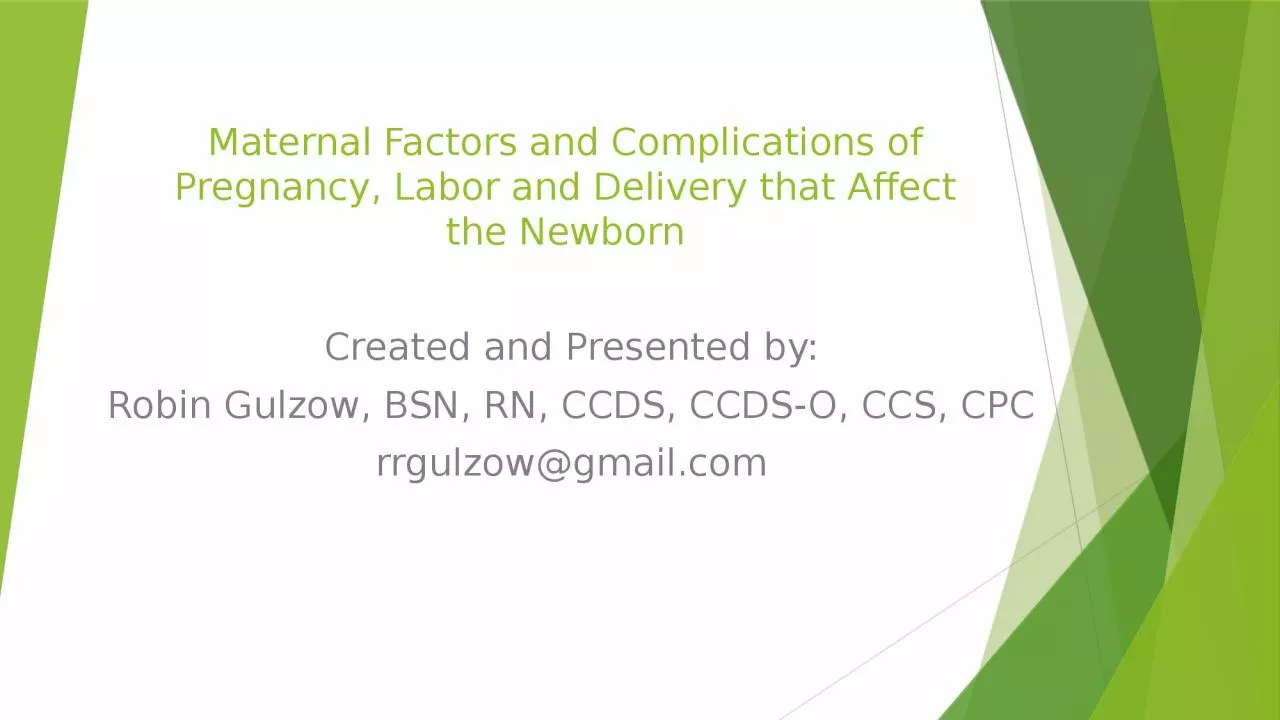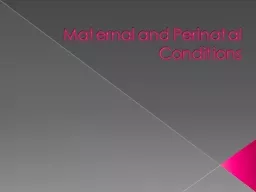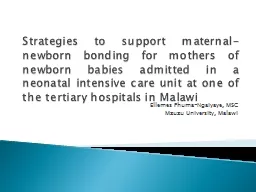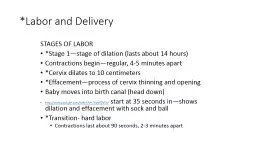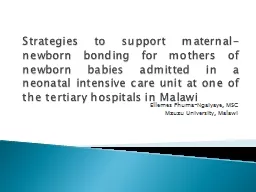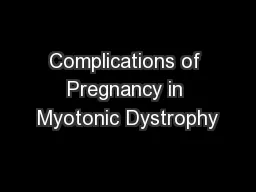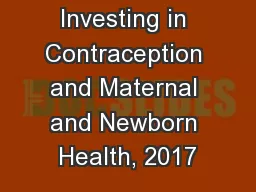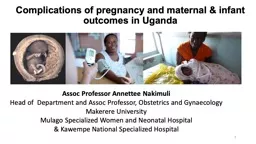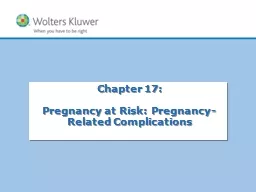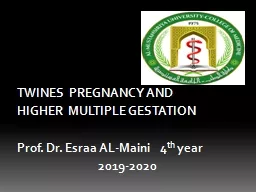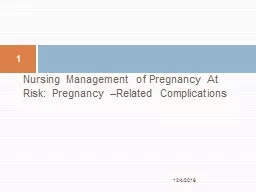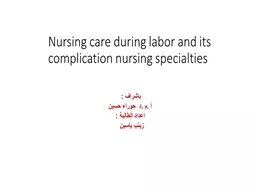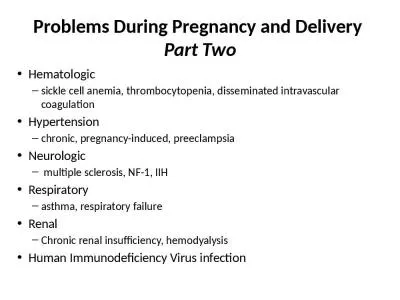PPT-Maternal Factors and Complications of Pregnancy, Labor and Delivery that Affect the Newborn
Author : phoebe | Published Date : 2024-03-13
Created and Presented by Robin Gulzow BSN RN CCDS CCDSO CCS CPC rrgulzowgmailcom Robin Gulzow RN BSN CCDS CCDSO CCS CPC 25 years working in the outpatient and inpatient
Presentation Embed Code
Download Presentation
Download Presentation The PPT/PDF document "Maternal Factors and Complications of Pr..." is the property of its rightful owner. Permission is granted to download and print the materials on this website for personal, non-commercial use only, and to display it on your personal computer provided you do not modify the materials and that you retain all copyright notices contained in the materials. By downloading content from our website, you accept the terms of this agreement.
Maternal Factors and Complications of Pregnancy, Labor and Delivery that Affect the Newborn: Transcript
Download Rules Of Document
"Maternal Factors and Complications of Pregnancy, Labor and Delivery that Affect the Newborn"The content belongs to its owner. You may download and print it for personal use, without modification, and keep all copyright notices. By downloading, you agree to these terms.
Related Documents

